In Memoriam: Harold A. Feiveson *72, Allen Rosenbaum, and Julian Wolpert
Harold A. Feiveson *72, a co-founder and former co-director of Princeton’s Program on Science and Global Security, died July 10 at age 90. A physicist by training, Feiveson earned his master’s in public affairs at Princeton, worked at the U.S. Arms Control and Disarmament Agency, and returned to the University for Ph.D. studies focused on combatting the proliferation of
nuclear weapons. With longtime colleague Frank von Hippel, he helped Princeton build a core of researchers devoted
to studying technical and policy issues related to nuclear weapons and nuclear energy. Feiveson also was a devoted academic adviser to the men’s basketball program. His lifelong love of sports carried over to the classroom, where he led seminars on issues in athletics.
Allen Rosenbaum, a longtime director of the Princeton University Art Museum, died Aug. 3 at age 88. After serving in scholarly and curatorial roles at the Metropolitan Museum of Art, the School of Fine Arts at the University of California-Irvine, and the Shickman Gallery in New York, Rosenbaum came to Princeton as assistant director of the art museum in 1974 and was promoted to director six years later. He “left an enormous mark in how he built up the museum’s collections over 20 years as its director,” current museum director James Steward said in a University obituary. In addition to making notable acquisitions in Italian art and ancient pottery, sculpture, and textiles, Rosenbaum led a three-year renovation and expansion of the former museum building.
Julian Wolpert, a noted geographer and scholar of urban planning in the School of Architecture and School of Public and International Affairs, died on Aug. 22 at age 92. A pioneer in the use of computers to analyze large geographic data sets, Wolpert had wide-ranging interests in location theory, the provision of public and nonprofit services, urban development, and environmental policy, according to an obituary published by the American Association of Geographers, which he led as president in 1973-74. In addition to his work in academia, he collaborated with federal agencies, including the National Science Foundation, the State Department, and the National Institute of Mental Health.

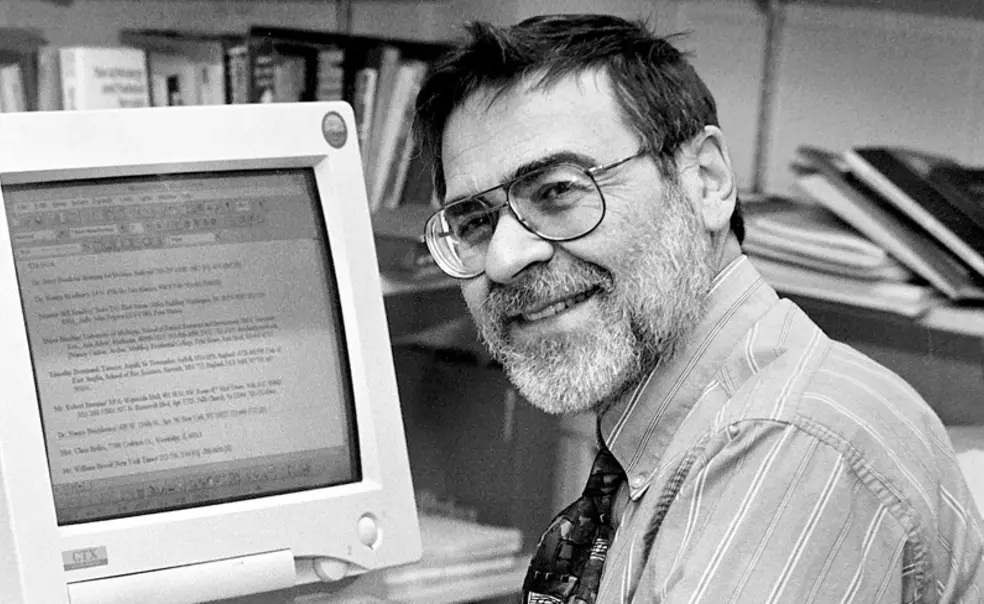
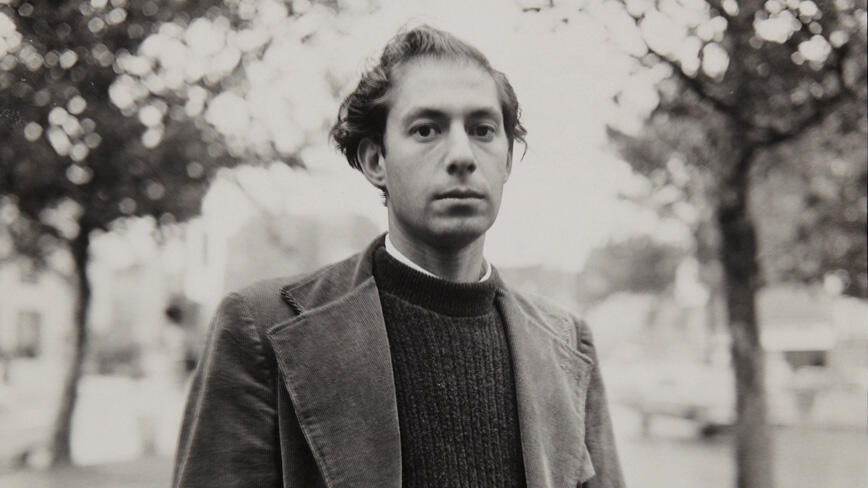
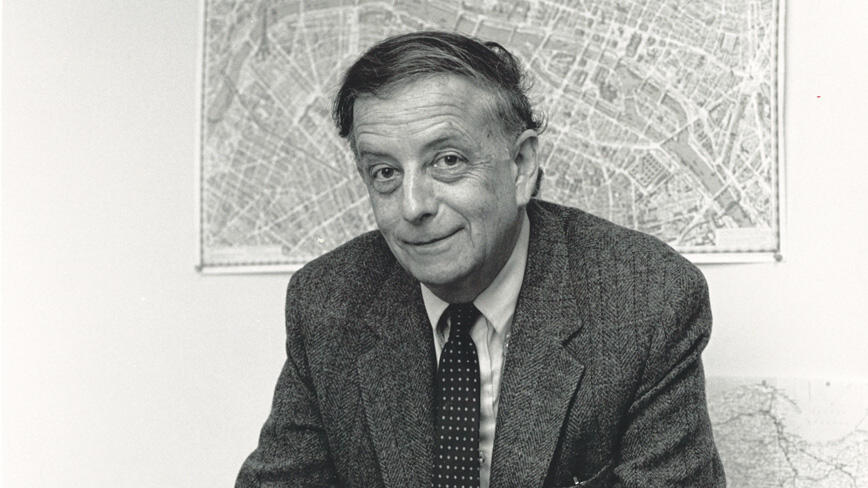






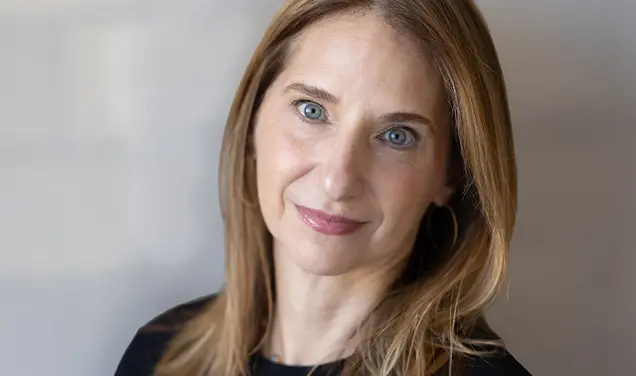
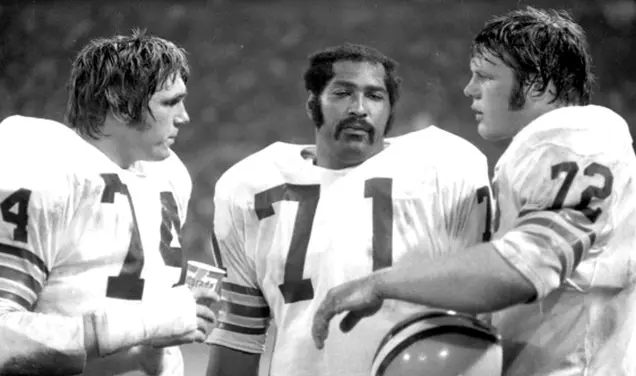

No responses yet